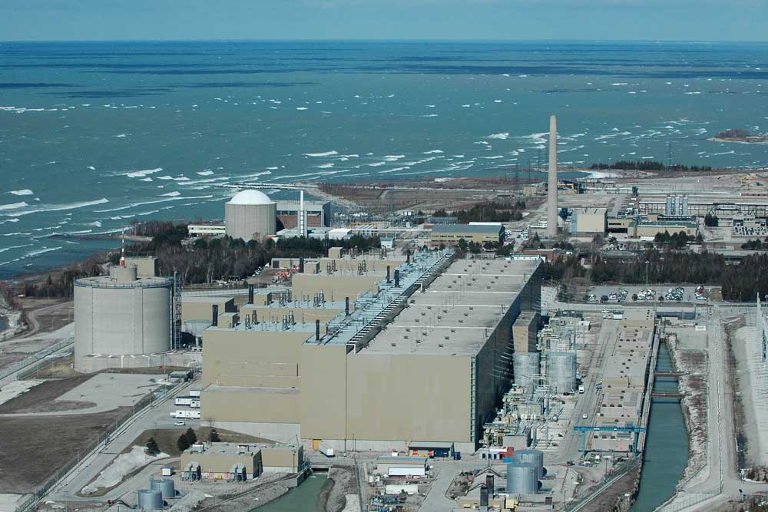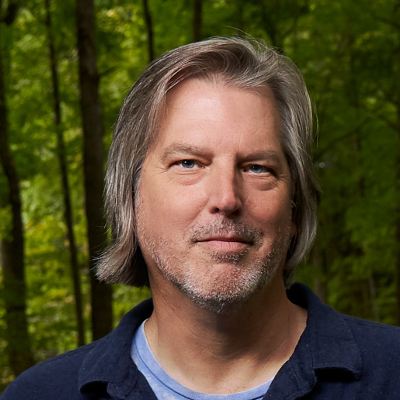Show Summary
On this episode energy systems expert James Fleay joins Nate to talk about the current state of nuclear energy and its potential applications in the future. Out of all the potential ‘replacements’ for the subsidy of the fossil labor force we’ve grown used to, nuclear energy is one of the most frequently suggested as being the savior of our modern lifestyles. What is the reality of the benefits and costs of nuclear energy? How does it fit into our current mix and our financial situation? Does it have the ability to support ‘human flourishing’ for millenia to come? Will the expansion of it result in a toxic waste situation that we can’t come back from? Or is nuclear energy simply one more piece to the puzzle for complex societies to support – and eventually reduce – their energy demands?
About James Fleay
James Fleay is an Australian engineer and energy project manager with two decades of experience in design, delivery, operation, and carbon sequestration in the power, oil, and natural gas sectors. Ten years ago, he joined the oil and gas sector to work on the design, delivery and operation of some of Australia’s largest complex energy (LNG) projects. This included 2 years work on one of the largest carbon capture and sequestration projects in the world and another 3 years on a ground-breaking deep-water subsea compression gas project in Australia’s North West. He is the founder and manager of DUNE, Down Under Nuclear Energy, with the purpose of studying the investment case for nuclear energy in Australia and understanding the parameters for its success.
Watch on YouTube
Show Notes & Links to Learn More:
00:30 – James Fleay
04:19 – Energy Portfolio of Australia
05:17 – Fischer-Tropsch Synthesis
06:30 – Advantages and Challenges of Nuclear Energy
07:20 – What are the costs of nuclear energy?
08:00 – Long-term asset
08:40 – Hinkley Point Project**
10:47 – How many nuclear plants exist and how many are being built
11:12 – Uranium vs plutonium reactors
11:46 – Joseph Tainter, Dennis Meadows
17:03 – Short term vs long term nuclear waste disposal
17:04 – Long term waste disposal options
17:20 – Political barriers to long term waste disposal
20:59 – Manhattan Project
21:05 – Market’s short sighted decision making
21:48 – Nuclear programs in south korea, japan, china, UAE
22:51 – Uranium is non-renewable, just like any other fuel
23:16 – World Nuclear Association
23:26 – Estimates of known uranium reserves are ~90 yr supply based on today’s plants
24:12 – Improvements in efficiency of extraction of energy from uranium
24:10 – 1980-2008 electricity generated from nuclear plants globally increased 3.6 times (Figure 5), but the amount of uranium used only increased by 2.5x (Figure 2.8)
24:30 – Uranium in the seas
24:45 – Receding Horizons
25:25 – Uranium as a byproduct
26:10 – Uranium 235 vs Uranium 238
27:14 – Thorium
28:49 – Molten Salt Reactors
29:29 – Fast Neutron Reactor
29:45 – IAEA advantages of thorium
30:03 – Uranium 233 and Uranium 232
31:05 – Chinese experimental thorium reactor
32:18 – Fusion
32:46 – Gamma Radiation
36:00 – Human demand interaction with energy availability
38:15 – Sharpe Ratio
38:47 – Hydrocarbon global distribution
41:30 – Nuclear energy and industrial heating processes
42:20 – The challenge of replacing liquid fuels
48:45 – Throw away culture and cars
49:03 – Rise of air cargo over the last few decades
50:35 – Long history of environmentalism in australia
51:50 – Australia’s political issues with nuclear energy
54:45 – Success and affordability of recent construction of nuclear power plants
55:44 – Labor costs in Japan and around the world
56:45 – The US’s lack of careful planning for infrastructure and overlooking of replacement plans
1:06:00 – EROI
Teaser photo credit: Bruce Nuclear Generating Station (Canada), one of the largest operational nuclear power facility in the world. By Chuck Szmurlo – Own work, CC BY 2.5, https://commons.wikimedia.org/w/index.php?curid=1841973






